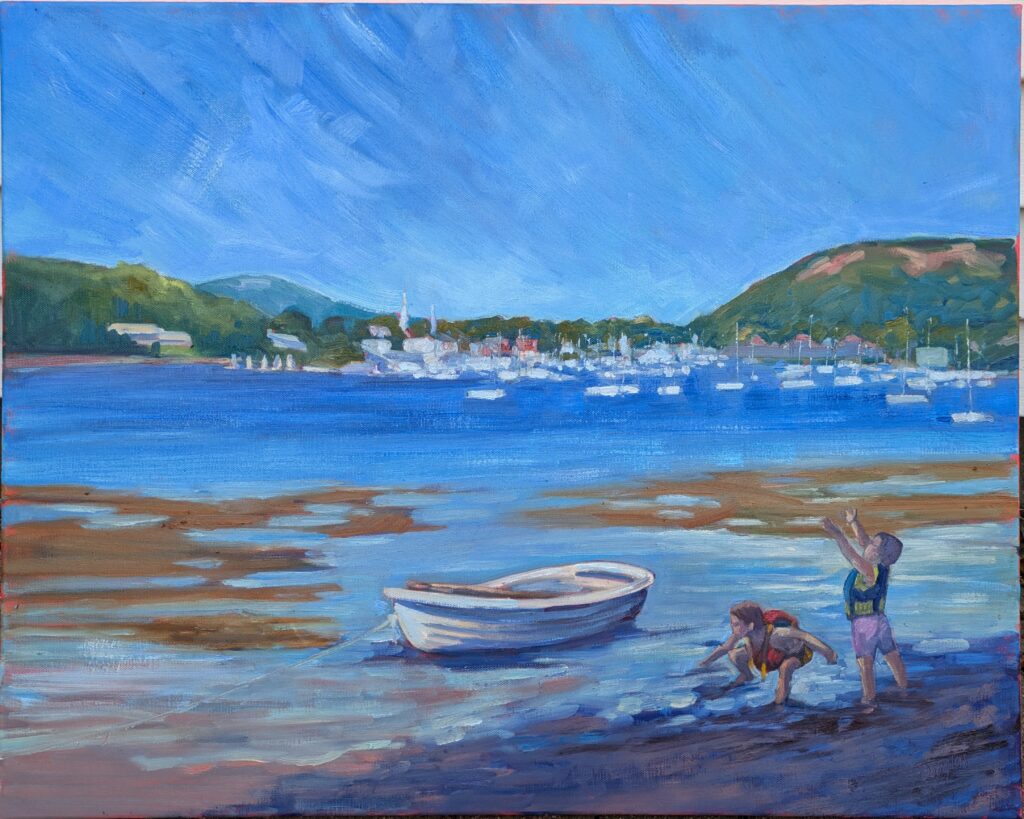
On Friday, I promised I’d write about calling in art, but it’s not an easy subject. Narrowing down your calling is a deeply personal process. Still, there are discrete steps you can take to bring clarity. Think of the process as a blend of introspection, experimentation, and alignment with your values and natural inclinations.
Why do you make art?
When I’m feeling glib, I say I’m an artist because I can’t do anything else. It would be more practical to ask:
- What subjects or themes keep coming back in my work?
- What emotions do I try to convey or experience through art?
- What subjects energize me the most?
Tracking the answers to these questions will help you figure out why you make art, which in turn will help you understand your calling. It’s rare that I suggest doing this in writing, but for this exercise I think it is helpful.
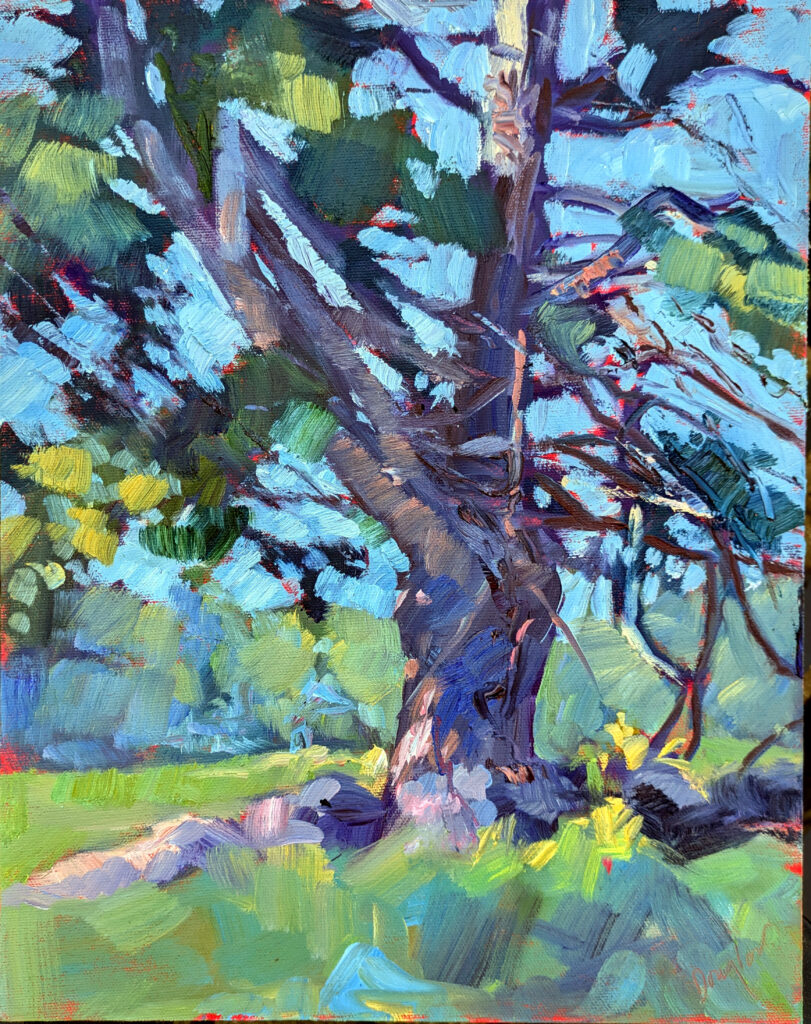
What are your core interests in life and in art?
Looking at your past work:
- What medium do you gravitate to? Is that shifting over time?
- How is your style of painting shifting over time?
- How are your painting topics shifting over time?
- Do these topics/mediums/topics satisfy you, or do you feel like something is missing?
Take the long view here. You may not see much difference in six months, but if you’ve been painting for decades, you might be shocked at much has changed. I certainly am.
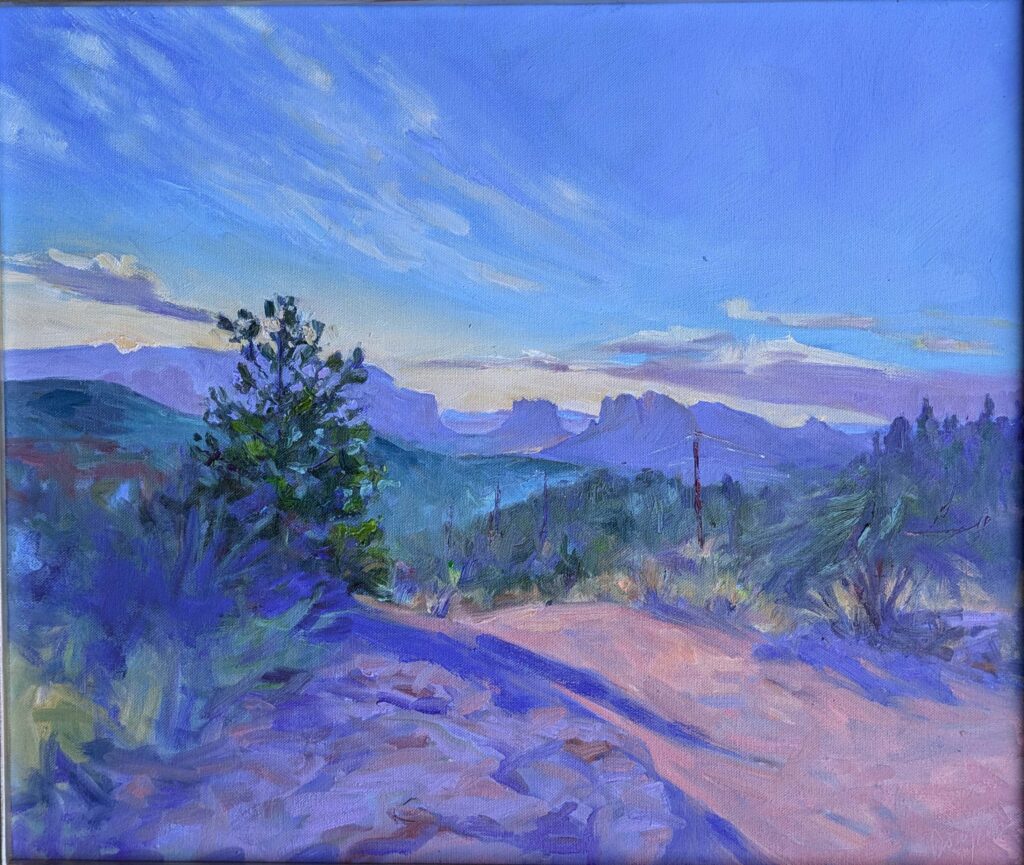
Study your heroes
- Who are the artists you admire deeply? I’ve listed mine here; who are yours?
- What are the unifying characteristics of their work? That’s a harder question to answer. I’d say, for my list, there are three virtues: compositional genius, technical virtuosity and emotional truth.
- What overlaps do you notice between their voice and your instincts? My work is just a pale imitation of these masters, but I’m definitely interested in technique, composition, and meaning.
Your calling should echo what you admire — not to copy, but to understand your own taste and values.
Experiment intentionally
If you’re still exploring, set short projects with specific constraints, like half-hour studies or daily short watercolors. Or, try working in a new medium or tackling a theme outside your comfort zone. Pay careful attention to what feels like a chore vs. what pulls you in and allows you to lose track of time.
Pay attention to what resonates with others
This isn’t about chasing popularity, but rather what sparks strong reactions or conversations. Art is, after all, communication, and if your painting isn’t communicating something, what’s the point?
What do people say your art says to them? Often, others can put words to this more clearly than you can. (If nothing else, this can spark ideas for your artist’s statement.)
Where does skill meet meaning?
- What kind of art would you make even if no one saw it? (For me, the answer is none; I think art is all about communication.)
- What kind of art do you want to master technically?
- What kind of art do you feel compelled to make because it matters?
Your calling lies at the intersection of joy, skill, and purpose.
For heaven’s sake, don’t rush
Your calling is not a niche; it’s a general direction. We don’t find it like Where’s Waldo. We grow into it by staying curious and constantly resetting our compass.
Reserve your spot now for a workshop in 2025:
- Advanced Plein Air Painting, Rockport, ME, July 7-11, 2025.
- Sea and Sky at Acadia National Park, August 3-8, 2025.
- Find Your Authentic Voice in Plein Air, Berkshires, MA, August 11-15, 2025.
- Immersive In-Person Fall Workshop, Rockport, ME, October 6-10, 2025.
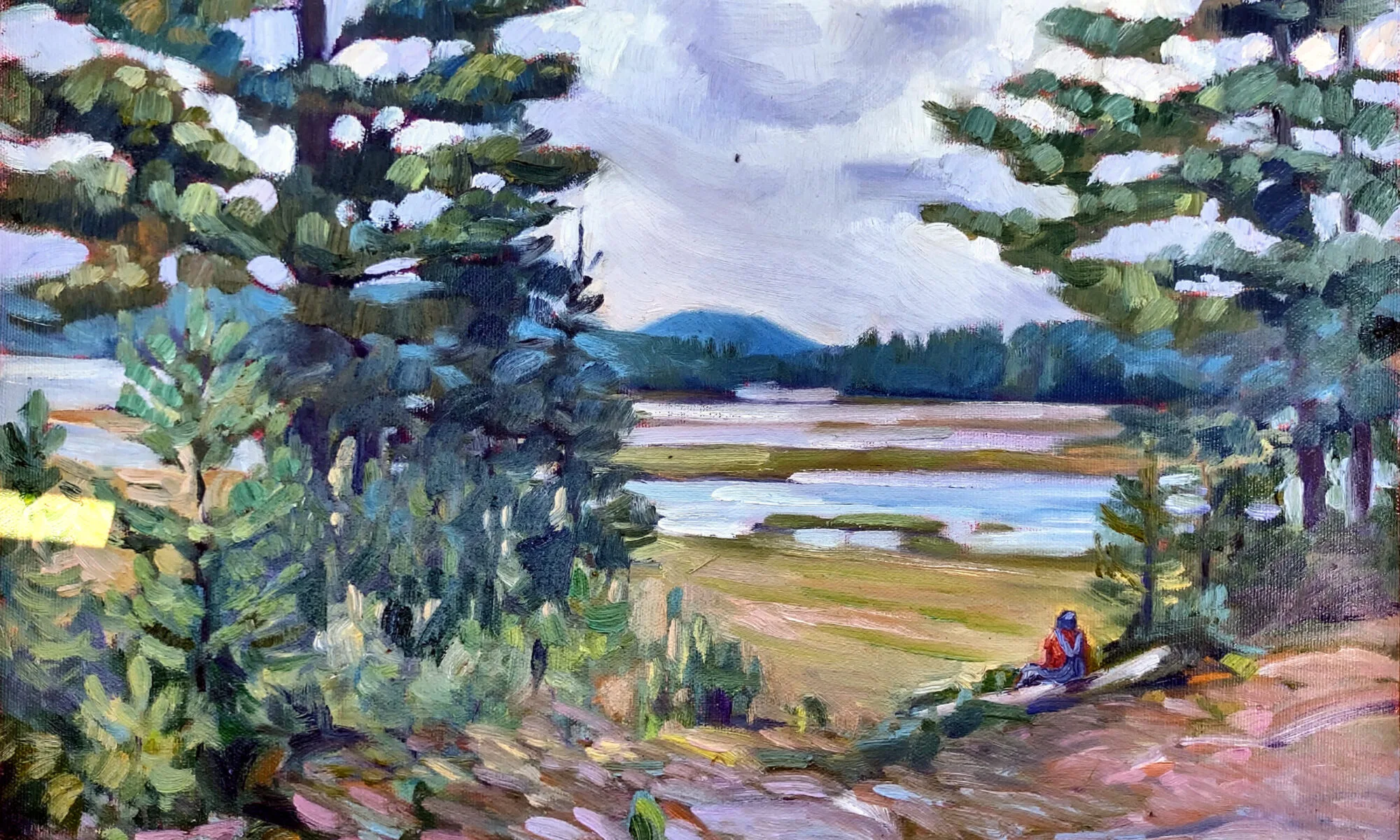
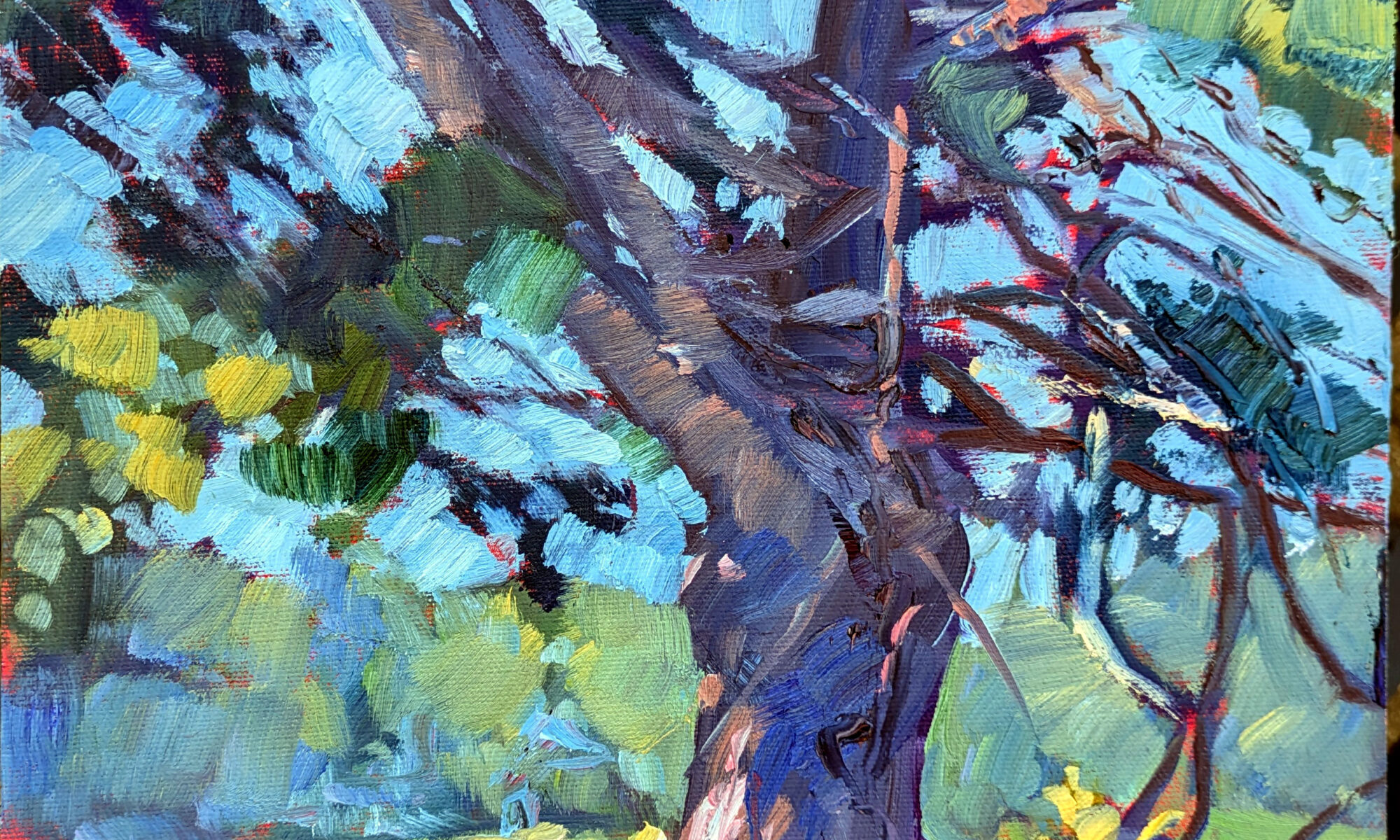
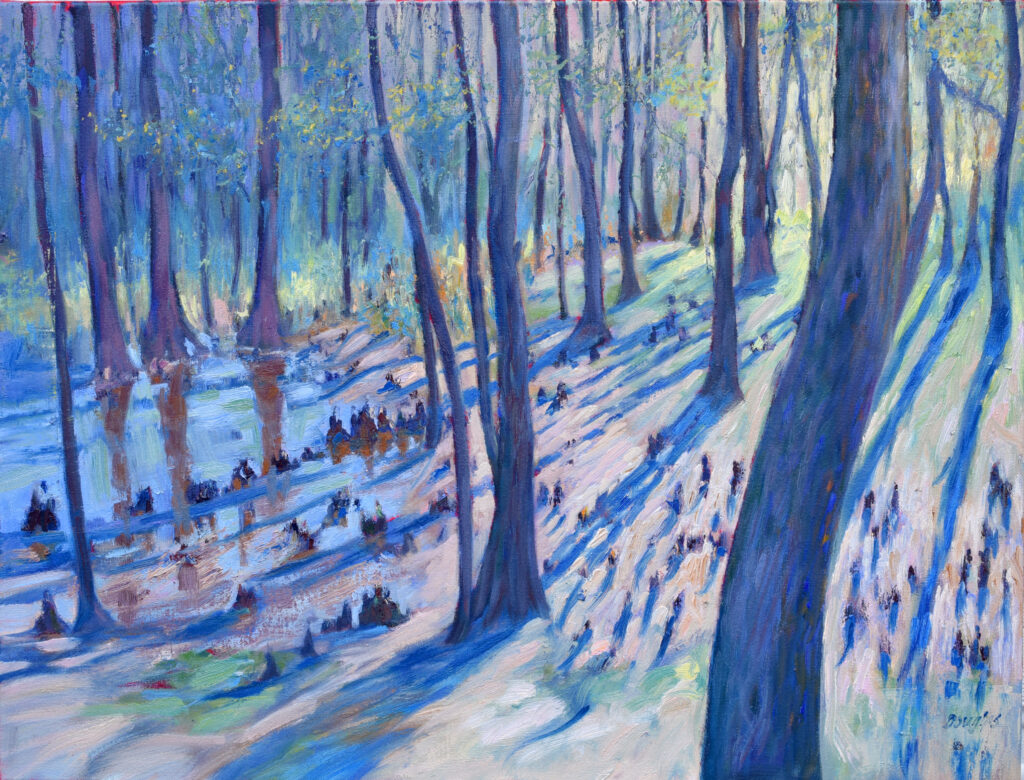
Thanks for tackling a hard subject Carol! There is a lot of wisdom in the statement “Your calling lies at the intersection of joy, skill and purpose!” And this becomes more defined over years as one develops a skill set becoming more comfortable with what you have to say and reveal in your art work! And it changes with the years as well!
I really like the atmosphere in your paintings in this newsletter that give one the sense of light and vast space to enjoy that light!